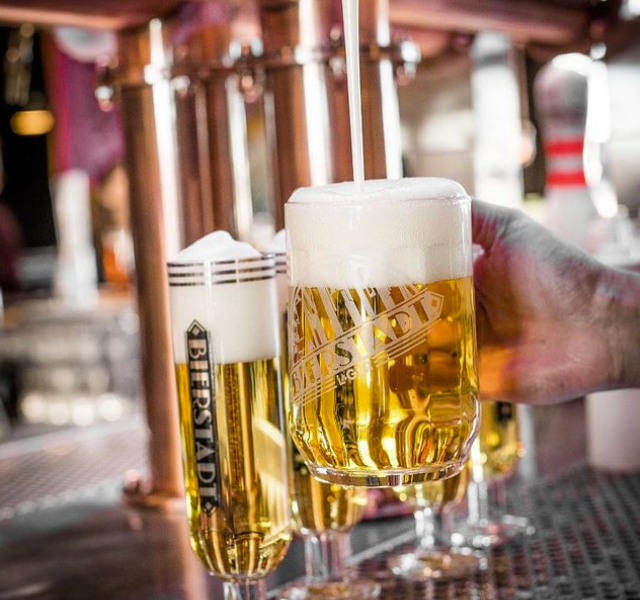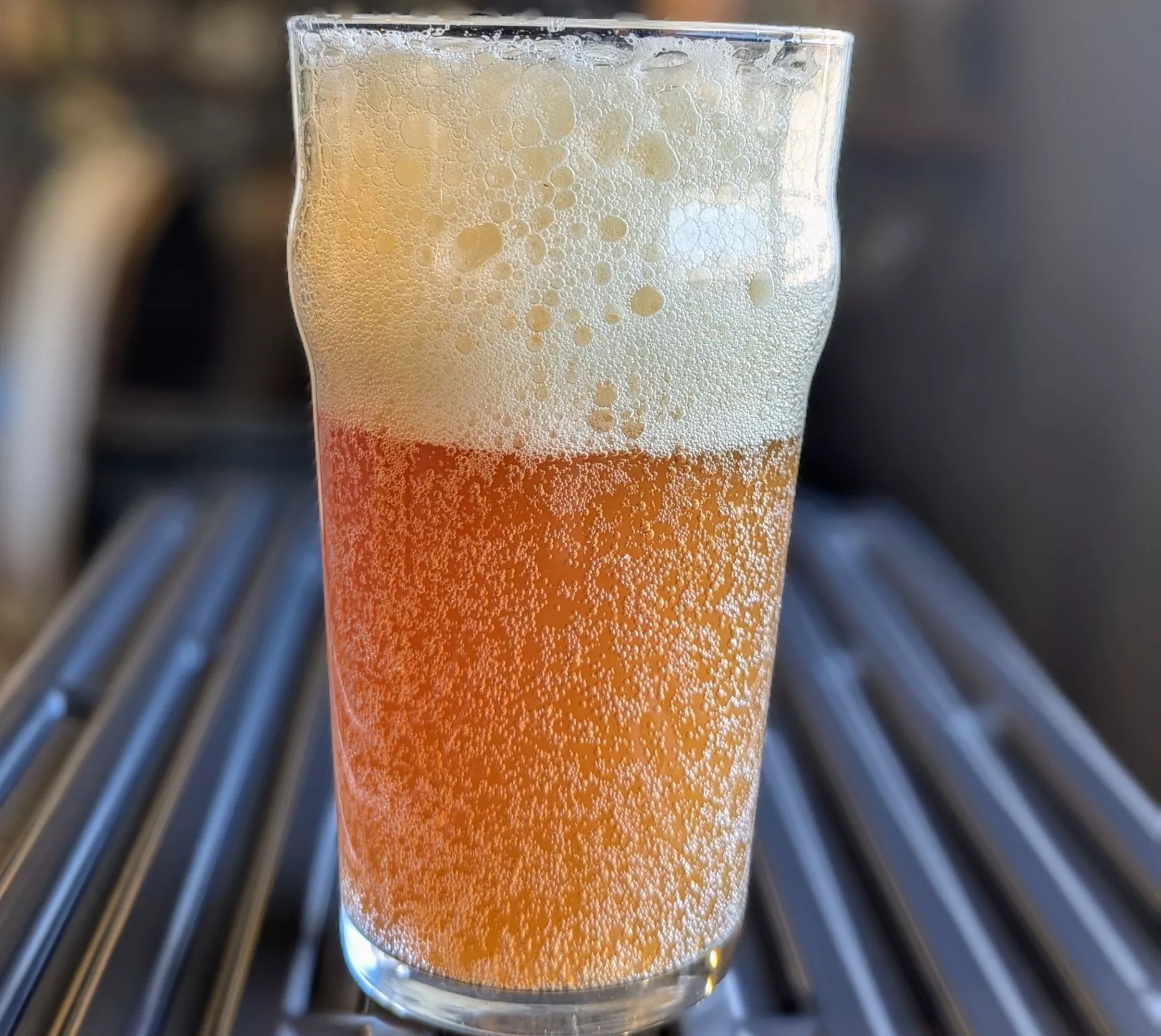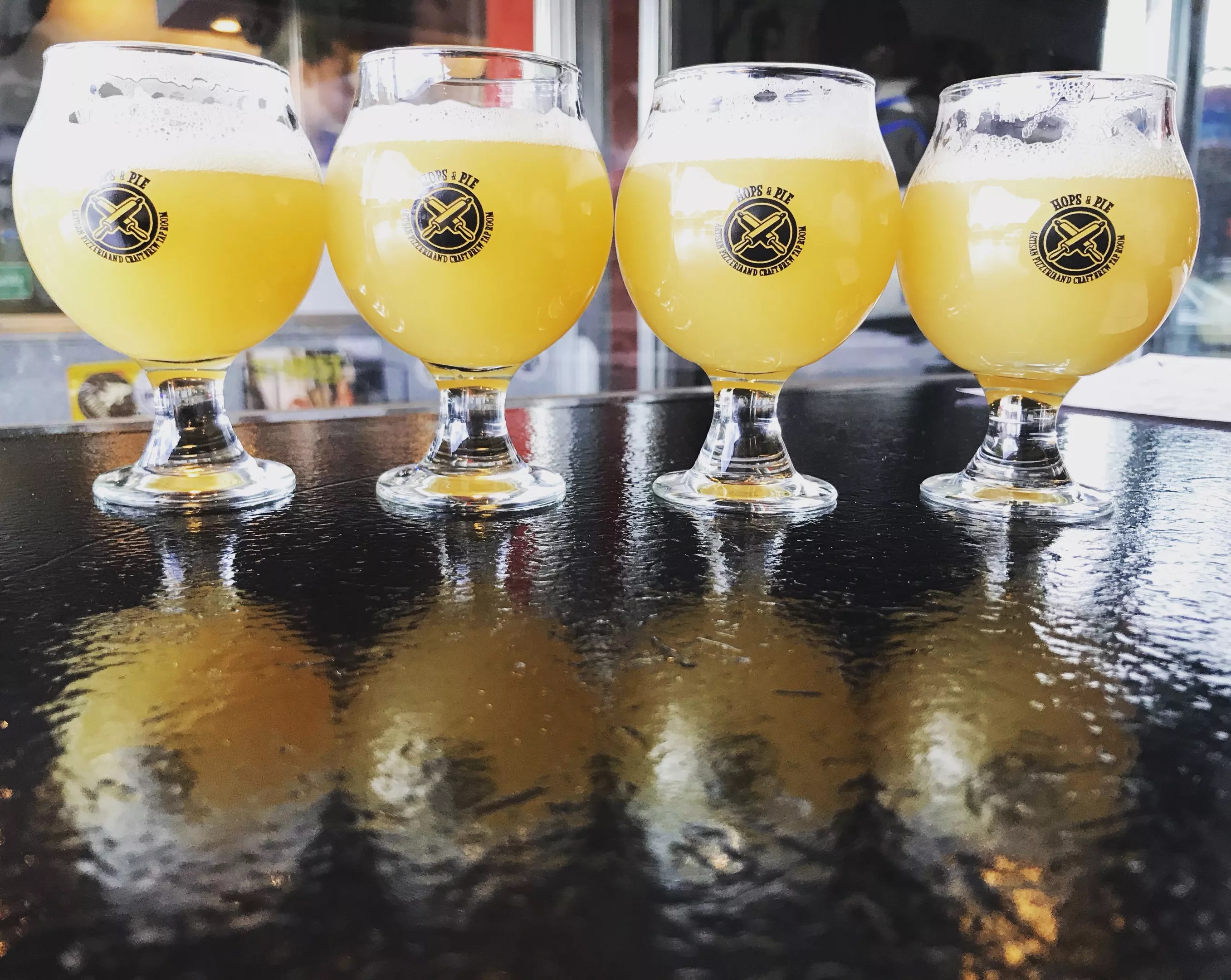
Bierstadt Lagerhaus/Instagram

Audio By Carbonatix
Bill Eye, co-owner of one of the city’s best breweries, Bierstadt Lagerhaus, thinks that America makes some of the best beer in the world. He also thinks that America serves its beer in some of the worst ways, so he has set out to change that.
The Colorado Brewers Guild recently launched a new pub certification program, a project that was spearheaded by Eye. The goal is to certify a bar as having clean draft lines, clean glassware and proper presentation standards.
“You have to clean your [draft] lines and prove it. You have to have clean glassware. And you have to put some sort of aesthetic effort into [the beer]. It has to have some foam,” he says, noting that there are a few rare exceptions when a beer style doesn’t necessarily require a foamy head.
Most beers should have at least a thin layer of foam on top of the beer. Not only does it hold key aromatics and contribute to the mouthfeel of the beer, but it also protects the beverage from oxidation.
“You go to Europe, Asia, there are expectations from the customer, which I think is a problem here,” says Eye, adding that there aren’t many quality expectations in the U.S. when it comes to beer. “[Customers] have been getting a shitty shaker pint with no head for generations.”

Bubbles clinging to the side of a beer glass is the easiest way to spot a dirty glass.
Ryan Pachmayer
If you’ve ever tasted a beer from a bar that was a little fruity, funky or oddly sweet, in a way that didn’t make sense for said beer, it was probably unclean draft lines. If you’ve seen bubbles sticking to the sides of glassware, that’s a telltale sign of dirty glasses.
Eye thinks the three components of the program are a low bar to achieve – and many in the industry agree. In other parts of the world, clean lines are almost guaranteed at typical bars, and breweries often keep an eye on the bars that serve their beers.
Eye’s wife and Bierstadt co-owner Ashleigh Carter questions why the major beer companies in the U.S. will run full advertisements of beers with thick, mouthwatering foam, yet when customers receive a pint of the same beer at a local bar with absolutely zero foam, they quickly accept it, seemingly not realizing that it could be much better. “I don’t understand why there is a disconnect from seeing the commercial and seeing what’s in front of you,” she says.
Some customers feel that receiving a beer with foam on it means less liquid in the glass – the perception of getting less value. The truth of the matter is, it’s often the complete opposite. “This is why we put a volumetric marking on [our glassware],” says Eye. “No, you haven’t been cheated, this is the amount of beer, you paid for that much beer.”
Eye points to a photo of a Coors in Hastings, England. “It’s in a gorgeous glass, it has plenty of foam, and it’s still Coors. I like Coors,” says Eye. “But the expectations of the consumer and the brewer are being met. And I think we [in the U.S.] have just failed.”

Hops & Pie is one of the first four bars to receive certification.
Jonathan Shikes
He feels that few breweries have pushed proper education onto customers. “As brewers, I think we’ve neglected telling people why it’s important,” he says. “For the most part, we’ve treated it like an ATM. How can we expect people to care about something if we haven’t bothered to educate them about why they should care about it? We just put beer in front of them and think, hey it’s local, or hey it’s craft, and that’s good enough. I don’t think that’s good enough.”
The project is solely focused on bars, not breweries. While it might be nice to see breweries certified in the future, the project is focused on ensuring quality at these third-party locations. Breweries can struggle to keep track of every bar serving its products. A successful brewery might send hundreds of kegs a month to a distributor who, in turn, sells it to hundreds of bars and venues. Periodically checking on those bars to ensure that the beer is being poured to a set standard would be difficult for every brewery to do themselves.
That’s where the Colorado Brewers Guild comes in.
During the 2025 pilot year, the Guild will provide certification at no charge to bars. In future years, there will be a fee that covers the cost of certification. So far, Hops & Pie in Denver, Parker Pour House in Parker, Romero’s K9 Club & Tap House in Lafayette, and Tap and Handle in Fort Collins have been certified.
Eye hopes the list of certified pubs will grow and that the program will become the go-to authority for patrons who want to get a proper pour in a clean glass that tastes the way the brewer intended.